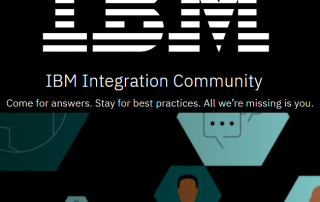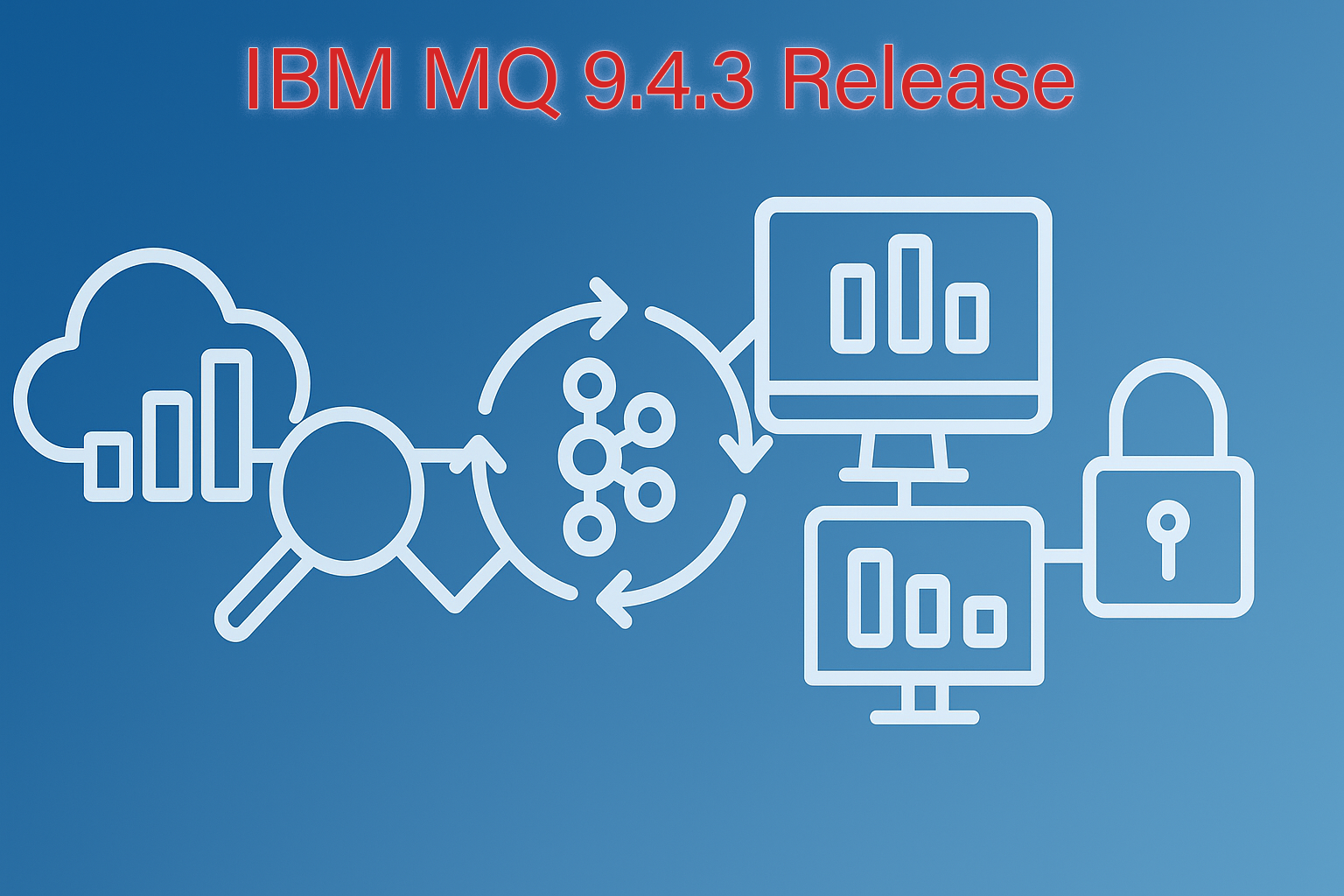Advanced Troubleshooting for IBM WebSphere Application Server
Managing IBM WebSphere Application Server (WAS) in a production environment can be challenging, especially when it comes to diagnosing and resolving advanced issues. Troubleshooting requires a deep understanding of WAS architecture, tools, and techniques. In this blog, we’ll explore three advanced troubleshooting tips to help administrators and engineers maintain optimal system performance.
1. Leverage WebSphere Diagnostic Tools: MustGather and High-Performance Extensible Logging (HPEL)
IBM provides MustGather and HPEL tools to streamline troubleshooting in WAS environments.
- MustGather: This tool collects critical data, such as logs, heap dumps, and thread dumps, that IBM Support can use for root cause analysis. Use MustGather to collect targeted information based on the issue type.
Tip: Refer to IBM’s MustGather documentation for instructions on specific problem scenarios:
- HPEL: High-Performance Extensible Logging improves logging performance and storage efficiency. It allows administrators to search, analyze, and export logs quickly. HPEL reduces the overhead typically associated with traditional logging methods, especially in high-traffic applications.
Tip: Enable HPEL from the WAS Admin Console or command-line interface to simplify advanced issue diagnosis.
2. Diagnose Memory Issues Using Heap Dumps and Garbage Collection Logs
Memory leaks or inefficient garbage collection (GC) can lead to performance degradation and application crashes. Advanced tools and techniques can help diagnose memory issues in WebSphere:
- Heap Dumps: A heap dump provides a snapshot of the JVM’s memory, capturing objects, classes, and references. Analyze heap dumps using tools like IBM HeapAnalyzer or Eclipse Memory Analyzer (MAT).
- IBM HeapAnalyzer: https://www.ibm.com/support/pages/ibm-heapanalyzer
- Garbage Collection Logs: Use verbose GC logs to analyze memory usage patterns and identify inefficient garbage collection. IBM’s Garbage Collection and Memory Visualizer (GCMV) tool simplifies GC log analysis.
Tip: Regularly monitor verbose GC logs to identify trends in memory consumption and optimize JVM heap settings.
3. Investigate Thread Hangs and Deadlocks with Thread Dumps
In multi-threaded applications, thread contention or deadlocks can cause severe performance bottlenecks. WebSphere provides tools to capture and analyze thread dumps:
- Thread Dumps: Use the kill -3 command (UNIX/Linux) or JVM diagnostic tools to generate thread dumps. These dumps help identify blocked or hung threads, deadlocks, and resource contention.
- IBM Thread and Monitor Dump Analyzer (TMDA): Analyze thread dumps using TMDA to visualize thread states and pinpoint bottlenecks.
- TMDA tool: https://www.ibm.com/support/pages/ibm-thread-and-monitor-dump-analyzer-java
Tip: Schedule periodic thread dumps during high-load situations to analyze thread behavior over time and identify recurring issues.
Monitoring and Managing WebSphere Application Server with Infrared360
For organizations looking to simplify WebSphere Application Server troubleshooting and administration, Infrared360 offers a comprehensive solution. Infrared360 provides real-time monitoring, advanced diagnostics, and proactive alerting to ensure your WAS environment runs optimally.
To learn more about how Infrared360 can enhance your WebSphere management, visit our Application Server Monitoring and Administration solution page.
Or
Get a Live Demo to see it in action for yourself.
By leveraging diagnostic tools, analyzing memory issues, and investigating thread contention, you can address advanced troubleshooting challenges in IBM WebSphere Application Server. Stay proactive, monitor continuously, and keep your middleware environment performing at its best.
More Infrared360® Resources

























